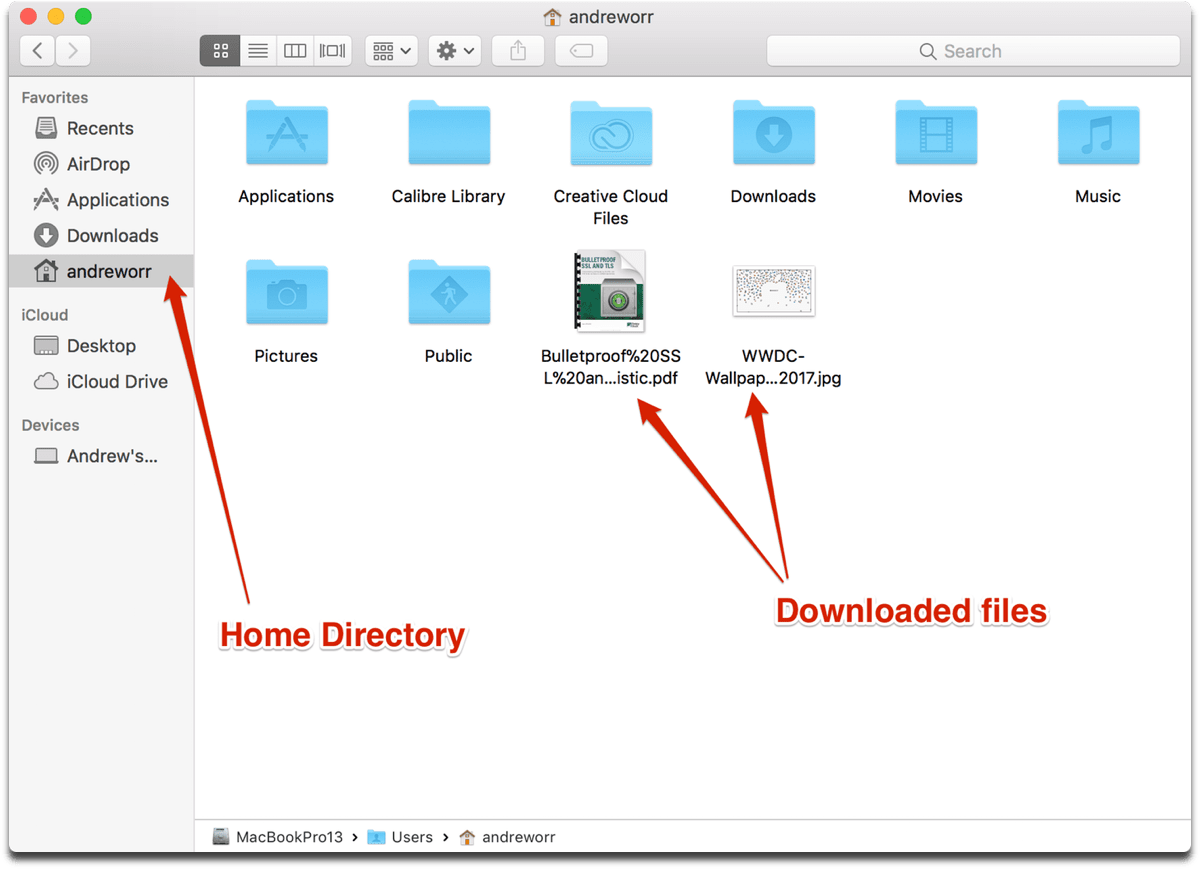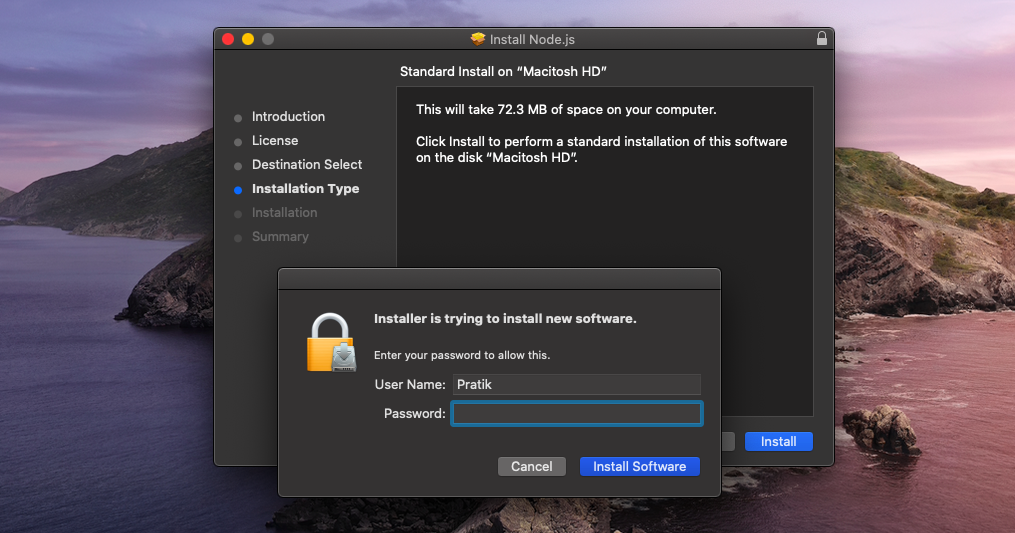

to see the global npm packages you have installed (should just be npm right now) Run these commands to test if you were successful: //to see the version of node
#INSTALL NODEJS MAC INSTALL#
Run the following commands to remove all existing global npm modules, uninstall node & npm, re-install node with the right defaults, install npm as its own pacakge, and configure the location for global npm modules to be installed. Instructions are at the link or for your convenience, run this: $ ruby -e "$(curl -fsSL )" You can install tons of great stuff quickly and efficiently with it. If you're a Homebrew user and you installed node via Homebrew, there is a major philosophical issue with the way Homebrew and NPM work together.
#INSTALL NODEJS MAC MAC OS X#
We’re going to use Node Version Manager (nvm) to install Node.js and npm.Install NodeJS and NPM On Mac OS X for Homebrew Users In order to install everything on a Mac, we'll be running commands in Terminal.app, and Linux distributions vary. nvm list list all installed node versions nvm install node 'node' is an alias for the latest version nvm ls-remote list available versions online nvm use node nvm run node -version nvm exec 4. Once it's done, you can test to see both node and npm functioning by opening PowerShell (or any shell) and typing node -v and npm -v, which will check the version number. I have a 64-bit Windows 10 OS, so I chose that one. Go to the Node installation page, and download the Node installer. Node.js and npm can be installed from a download link. Installing everything on Windows is a breeze. If you want to have a project running Gulp and Sass, you'll create a directory, with a new npm install.įor future reference, any global installations will have the -g flag. With npm, you will have some global installs, but mostly everything will be done on a local project basis, meaning you'll have to install everything you need for each project in its own directory. If you want Spotify, you'll download Spotify, and then it will be available to you. Traditionally, you're used to globally installing any sort of program or software on your computer.

This is the most confusing concept to understand at first, so it's important to let this settle in. *npm actually does not stand for "Node Package Manager" but essentially that's what it is and does, so most people refer to it that way. Npm doesn't stand for Node Package Manager*, which means it’s the tool to connect to the repository containing all the Node.js programs, plugins, modules and so on. With the advent of Node.js, JavaScript can also be used as a server-side language. JavaScript is a client-side programming language, which means it’s processed in the browser. Set up Node.js and npm on Windows and Mac.The provided tutorial has everything you need to know.


#INSTALL NODEJS MAC HOW TO#
Don't skip this step! If you don't know how to use the command line, you'll be fighting an uphill battle. I'd prefer to write one definitive guide to refer to in the future, so here it is. I find myself writing about this over and over again in the prerequisites of an article I've begun to write. Gulp, Grunt, and Webpack are a few examples of popular technologies you may have heard of that require a knowledge of the Node ecosystem. In order to use almost any development tools based in JavaScript, you'll need to know how to use npm and Node.js.


 0 kommentar(er)
0 kommentar(er)
